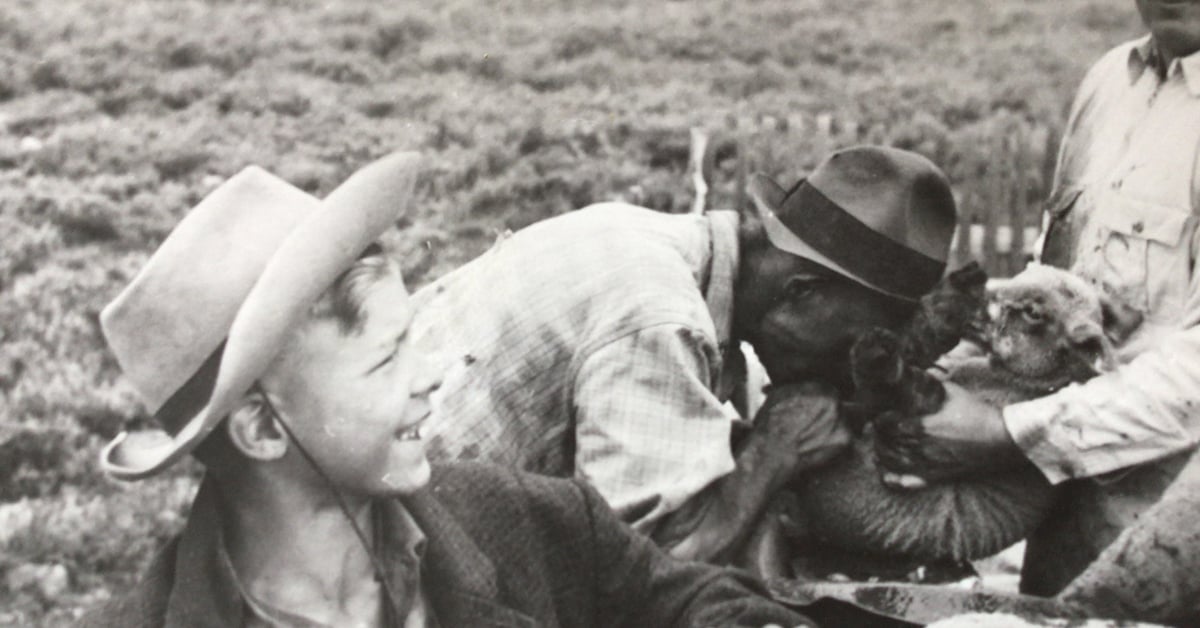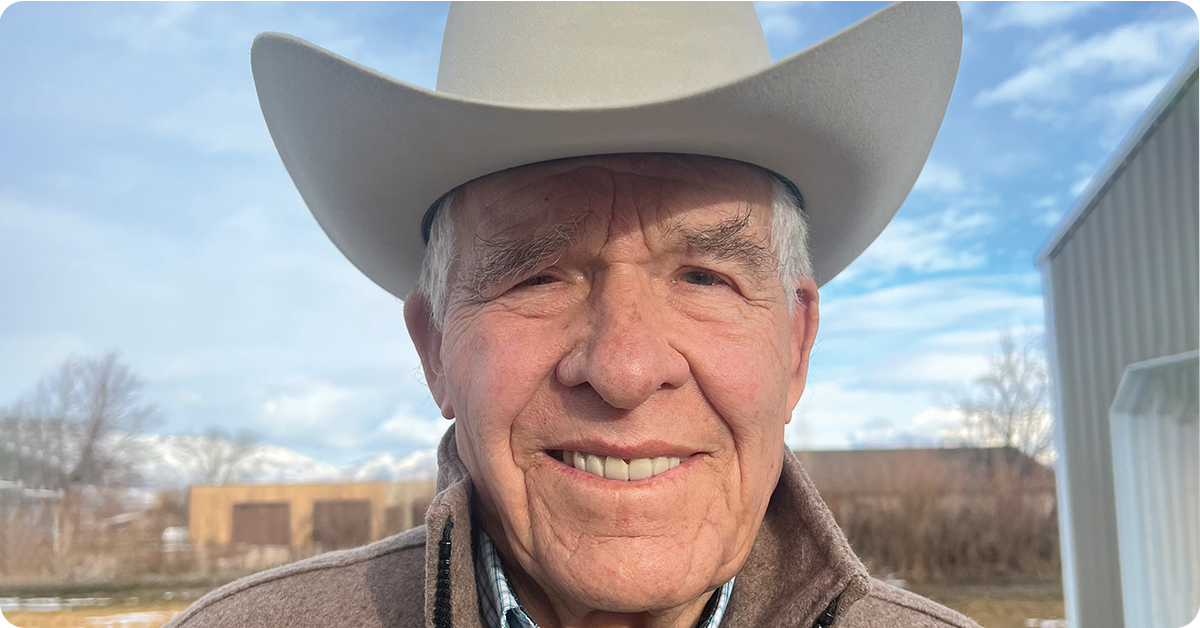
It’s tradition! Traditions have a way of connecting us to our roots and restoring memories that can wash over us with waves of nostalgia. During the 1930’s, Whit Swan recalls participating in one such time-honored springtime tradition that took place each year on the lambing grounds of northern Utah.
“This Tradition was often a test by the old timers to see if you yourself were a keeper!” –Whit Swan
Ingredients:
- Rocky Mountain Oysters
- Bacon (Bacon Grease)
- Garlic
- Eggs
- Salt and Pepper
- Catsup
Directions:
- Bring the Rocky Mountain Oysters–it’s customary to carry the day's spoils in an old coffee can. Rinse the oysters with a bit of water and do a little skinning if necessary. Cut the oysters up with a sharp knife and place in a cast iron frying pan with plenty of bacon grease then generously season with garlic.
- Fry the oysters to your liking then remove them from the pan and place onto a flatten paper sack to drain.
- While the oysters drain, break enough eggs to feed the crew into the hot frying pan with the remaining grease and add plenty of salt and pepper.
- Just before the eggs are set, stir in the oysters and finish cooking the eggs.
- Serve with hot steaming coffee–rather you drink it or not. For some it is a requirement to cover this dish almost completely with catsup to be able to eat it.

Springtime Traditions on the Lambing Ground
From an old sheep camp nestled safely in the shade of swaying aspen trees and filled with the echoes of a sharp ax while the sun sauntered across a summer sky to loading rumbling rail cars as fall cloaked the surrounding mountains in blankets of orange, red and gold. Whit recalls following the family sheep herds through the marching seasons as he participated in the continuous cycle that constituted caring for his family's livestock.
For a young Whit, this cycle meant following the sheep herds from spring grazing in the mountain pastures at the Head of Beaver between Huntsville and Randolph to long summer days in the beautiful Little Monte area of the Cache National Forest. He spent “long hard days in the most beautiful country, just following the season's feed.”
As the cycle ticked on Whit participated in trailing the sheep back to Petersen at the break of fall–a four-day trek if all went well. Here the lambs were sorted out for sale and the ewes, horses, dogs and much of the crew would be loaded onto double-decker rail cars to make the journey to the Lakeside Stockyards Northwest of Tooele. From Lakeside, the herds were trailed to Grassy Mountain where they would outlast the winter.
Then as the air turned thick with the promise of spring, the herds were driven back to the stockyards and returned to Petersen on the train cars. Here the new lambs were welcomed and then the cycle would start again with the young lambs being docked in preparation for spring and summer grazing.
Docking the new flock members was always a major affair that required a determined crew. Each year sheepherders, family and “the occasional person willing to work hard for no pay” would gather early in the foothills East of Peterson, Utah. The group would set to work docking the new lambs by marking ears, docking tails and castrating the buck lambs.
After each lamb was carefully worked and turned back with the ewes, it was customary for the crew to return to the old sheep camp and gather around the sweet, curling smoke of the cook fire.
Here, the tired but jovial crew would exchange banter while the Basque sheepherders prepared the traditional springtime delicacy of Sheepherder Eggs, better known as Rocky Mountain Oysters.
Recipe courtesy of Whit Swan, Father of IFA President & CEO, Matt Swan, and originally published in the IFA Cooperator magazine (vol. 89, no. 1) Spring 2023.


